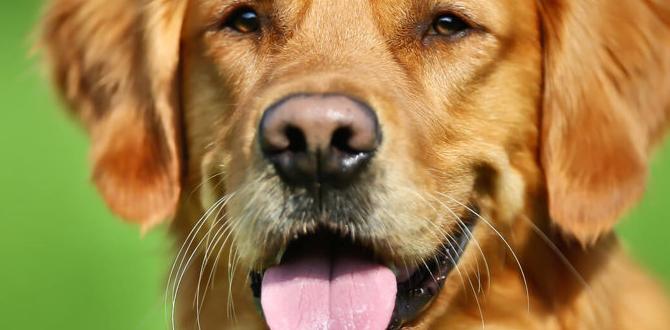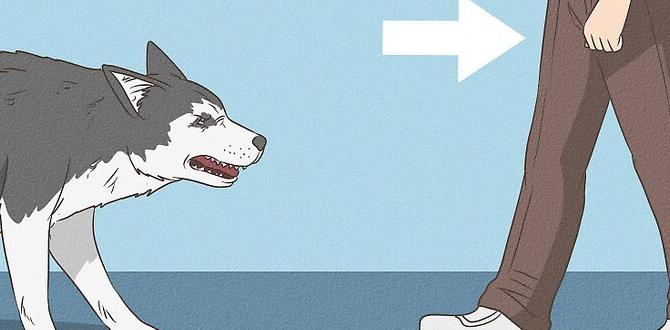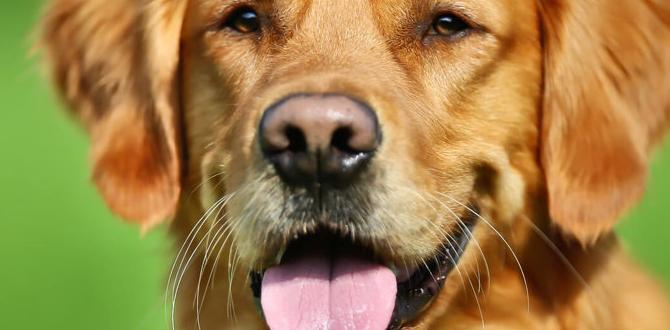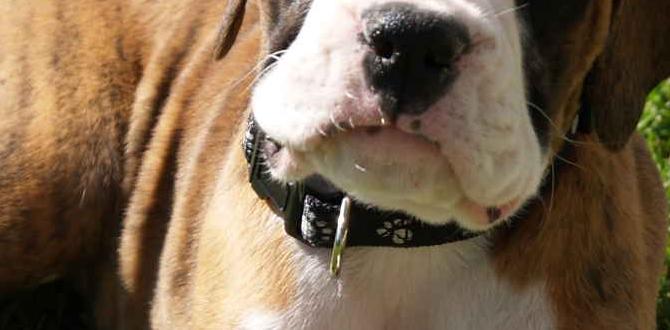Aggressive puppy behavior in puppies can be a concerning and often misunderstood issue for new dog owners. It’s easy to panic when your tiny ball of fluff starts displaying behaviors that seem out of line, such as nipping, growling, snapping, or even challenging you with their body language. However, it’s crucial to remember that many of these actions, while unsettling, often stem from natural puppy behaviors that haven’t been properly channeled or understood yet. Recognizing the root cause is the first and most important step in effectively addressing and redirecting these behaviors, ensuring you raise a well-adjusted and confident adult dog.
Unfortunately, the term “aggression” can be loaded with negativity, and in young puppies, the underlying reasons are frequently not true aggression in the malicious sense. Instead, they can be a blend of playfulness gone awry, fear, frustration, or attempts to communicate needs that owners might not be interpreting correctly. Understanding this distinction is key. A puppy playing too roughly with its littermates might nip excessively, a behavior that, without guidance, can escalate into problematic biting as they mature. Similarly, a puppy feeling overwhelmed or scared might resort to growling or snapping as a defense mechanism, a warning signal that should be heeded, not punished.
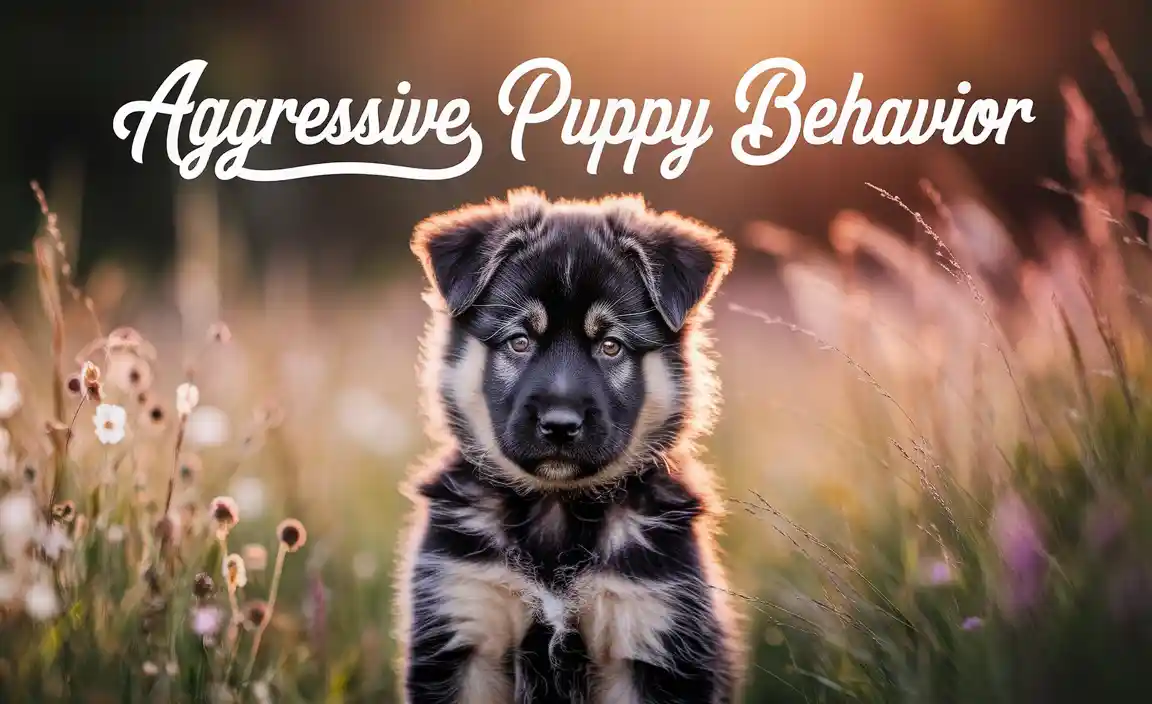
Understanding the Roots of Aggressive Dog Behavior in Puppies
To effectively stop aggressive dog behavior in puppies, we must first delve into its origins. Nipping and mouthing are entirely normal for puppies. They explore the world with their mouths, just as human babies do with their hands. This is how they learn about texture, taste, and playful interaction. Littermates and their mother teach them bite inhibition – how hard is too hard – through yelps and corrections. When a puppy is removed from this environment too early, they miss out on this crucial learning phase. We, as owners, then become their primary teachers of appropriate interactions.
Other contributing factors include:
Genetics: Some breeds are predisposed to certain temperaments. While responsible breeding aims to reduce problematic traits, inherent drives can still manifest. This doesn’t mean they are destined for aggression, but it might require a more tailored approach to training and socialization.
Fear and Anxiety: A puppy that has had negative experiences or lacks proper socialization may develop fear-based reactions. This can look like aggression, but the underlying emotion is fear. They lash out because they feel threatened.
Frustration and Overstimulation: Puppies have short attention spans and can easily become overstimulated or frustrated, especially during training or when they can’t get what they want. This can lead to snapping or growling.
Resource Guarding: Even as puppies, they can start to exhibit resource guarding behaviors, where they become possessive of toys, food, or even a favorite spot. Growling or snapping can occur when they perceive a threat to their “possessions.”
Pain or Illness: A puppy that is in pain or feeling unwell may react defensively when touched or approached, which can be mistaken for aggression. Always rule out medical issues with your veterinarian.
Strategies to Address and Redirect Puppy Aggression
Once you understand the potential causes, you can begin implementing strategies to address these behaviors. The goal is not to suppress the behavior through force, but to redirect it and teach your puppy more appropriate ways of interacting and communicating.
1. Positive Reinforcement and Bite Work
For nipping and mouthing, the key is to teach bite inhibition. When your puppy nips too hard during play, let out a sharp, high-pitched yelp, mimicking the sound of a hurt littermate. Immediately withdraw your hand or body part and cease interaction for a few seconds. This teaches them that hard bites end the fun. If the nipping continues, calmly leave the room for a short period. This teaches them that biting means playtime stops.
When they are gentler, even if still mouthing, praise them and offer a more appropriate chew toy. This reinforces the desired behavior. Make sure your puppy has plenty of appropriate chew toys available at all times to satisfy their natural urge to chew.
2. Socialization is Paramount
Proper early socialization is the cornerstone of preventing fear-based aggression. Expose your puppy to a wide variety of sights, sounds, people, and other well-behaved, vaccinated dogs in a positive and controlled manner. The critical socialization window is between 3 and 16 weeks of age. During this period, positive experiences help shape their perception of the world. Avoid overwhelming your puppy; introductions should be gradual and always end on a positive note. Puppy socialization classes are excellent for controlled interaction with other puppies.
3. Management of Resource Guarding
If you notice signs of resource guarding, such as growling when you approach while they’re eating or playing with a toy, management and desensitization are crucial.
Never punish the growl: A growl is a warning. Punishing it can teach your puppy to suppress the growl and go straight to biting. Instead, respect the warning and back away.
Desensitization and Counter-Conditioning: While your puppy is eating or has something valuable, drop high-value treats near them. This helps them associate your presence with good things, even when they have a resource. Gradually increase your proximity as they become more comfortable.
“Trade Up”: Teach your puppy to happily trade a less-valued item for a high-value treat. This teaches them that giving something up results in an even better reward.
4. Understanding and Respecting Canine Body Language
Learning to read your puppy’s body language is vital. Lip licking, yawning, turning away, whale eye (where you can see the whites of their eyes), or a stiffening of the body are all signs of stress and discomfort. Recognizing these early warnings allows you to de-escalate a situation before it escalates into a snap or growl. If you see these signs, remove your puppy from the situation or change the interaction to be less intense.
5. Consistent Training and Boundaries
Basic obedience training is not just about commands; it’s about building a communication system and establishing boundaries. Commands like “leave it,” “drop it,” and “sit” help your puppy understand what you expect and can be used to redirect unwanted behaviors. Consistency from all members of the household is key. Everyone should be on the same page regarding rules and training methods.
When to Seek Professional Help
While many forms of puppy “aggression” can be successfully managed with consistent training and socialization on your part, some situations warrant professional intervention. If you are dealing with:
Persistent biting that causes significant injury.
Growling or snapping that fear-based or territorial behaviors.
Your puppy showing aggression towards other dogs or people despite your best efforts.
You feel overwhelmed or unsure how to proceed.
Consulting a certified professional dog trainer or a veterinary behaviorist is highly recommended. They can assess your individual puppy, identify the specific causes of their behavior, and develop a personalized training plan. Early intervention is key to preventing ingrained problematic behaviors.
Remember, raising a puppy is a journey that requires patience, understanding, and a commitment to positive training methods. By addressing aggressive dog behavior in puppies with knowledge and compassion, you can guide your furry companion towards a lifetime of happy, safe, and well-adjusted companionship.
Meet Elyse Colburn, the devoted canine companion and storyteller behind the enchanting world of “Tales, Tails, and Adventures Unleashed.” A passionate dog enthusiast with a heart full of paw prints, Elyse Colburn shares heartwarming tales and insightful adventures, celebrating the joy, loyalty, and endless antics that make every dog a true hero. Join Elyse Colburn on this tail-wagging journey, where every post is a love letter to our four-legged friends.


